Optimal Timing for Concrete Repairs
Concrete repairs are most effective when performed under optimal weather conditions. Temperature, humidity, and precipitation significantly influence the curing process and the longevity of repairs. Proper timing ensures that the repair materials bond correctly and achieve maximum durability.
Spring offers moderate temperatures and lower humidity, ideal for concrete repairs. It reduces the risk of rapid drying or freezing during curing.
Early summer is suitable if temperatures are within the recommended range. Avoid peak heat hours to prevent rapid evaporation and cracking.
Fall provides cooler, stable temperatures. It allows sufficient curing time before winter conditions set in.
Winter is generally not recommended unless specific measures are taken. Cold temperatures can hinder curing and cause cracking.
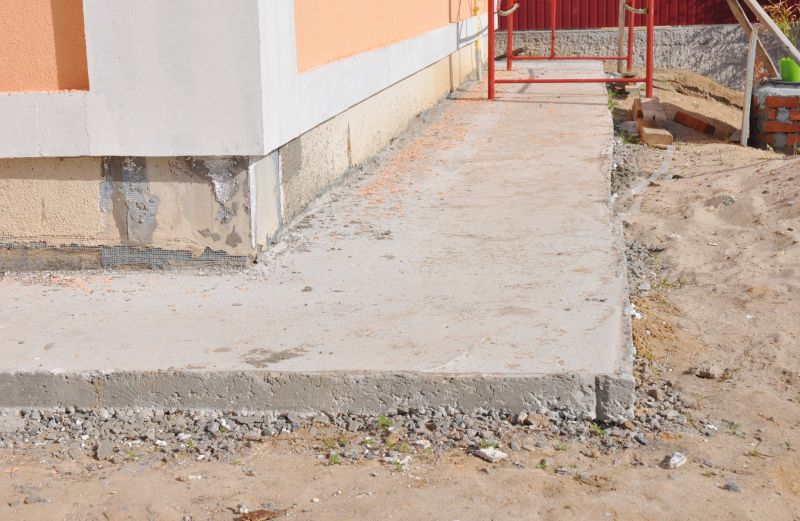
Concrete being repaired during spring with mild weather conditions.
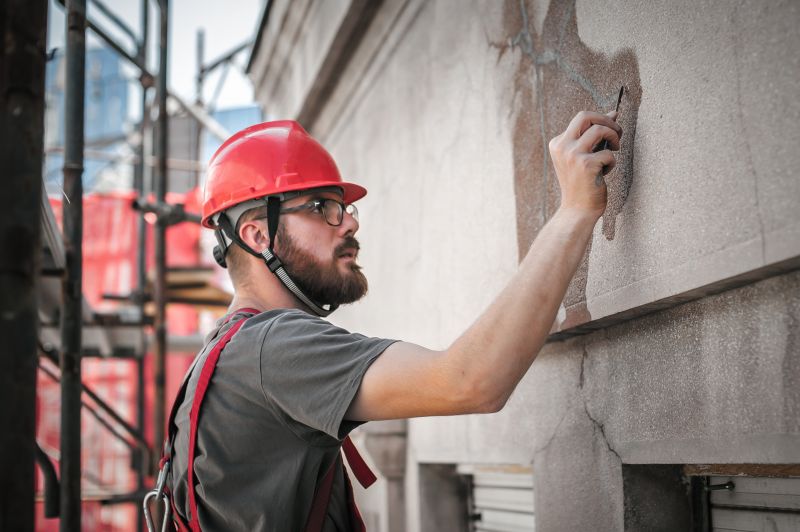
A worker applying repair materials during early summer.
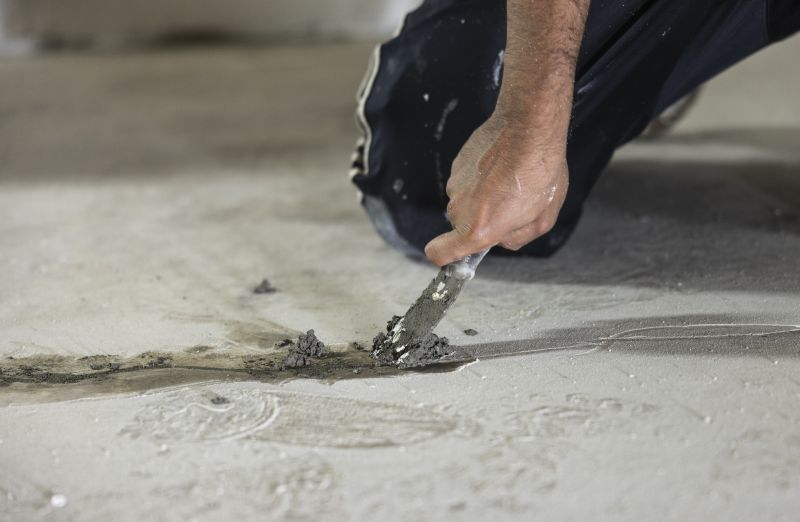
Concrete repairs in progress during fall with optimal temperature conditions.
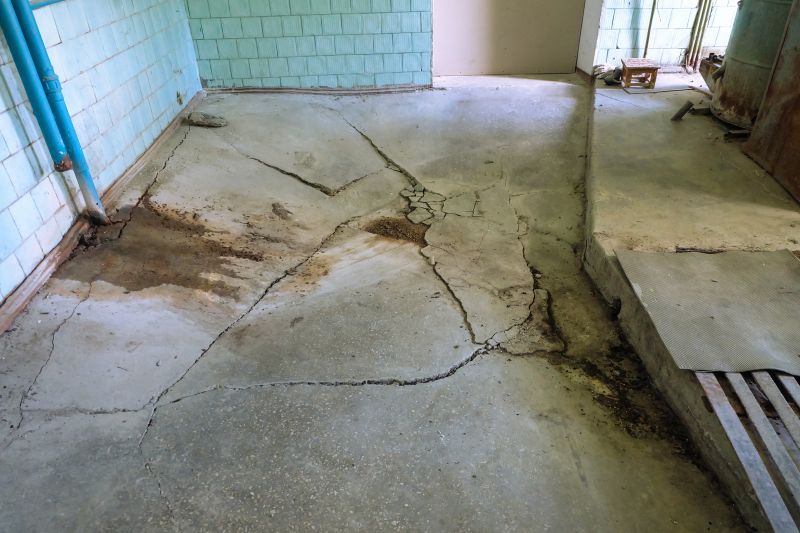
Ways to make Concrete Repairs work in tight or awkward layouts.
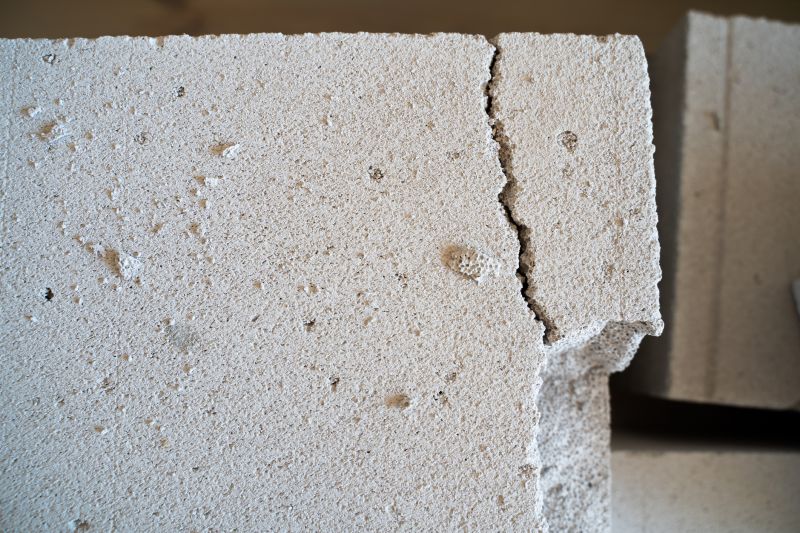
Popular materials for Concrete Repairs and why they hold up over time.
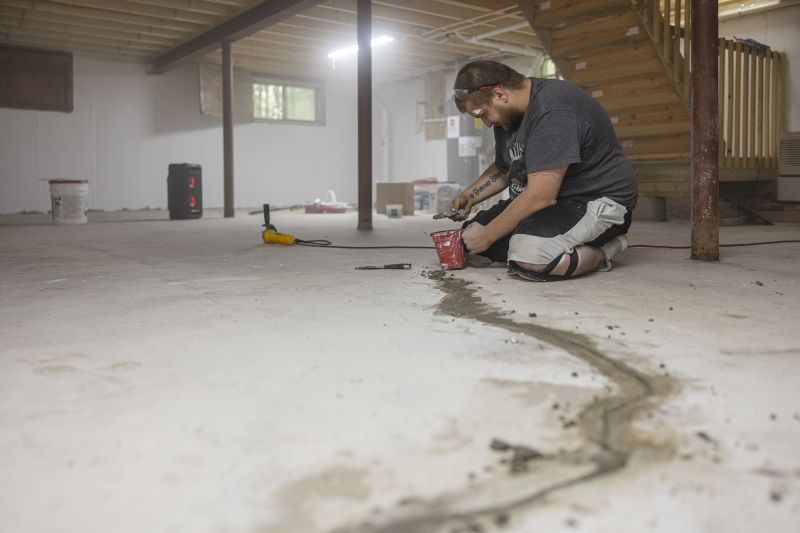
Simple add-ons that improve Concrete Repairs without blowing the budget.
| Season | Recommended Conditions |
|---|---|
| Spring | Temperatures between 50°F and 70°F, low humidity, no rain |
| Summer | Early morning or late evening work, avoid peak heat |
| Fall | Stable temperatures, low chance of rain |
| Winter | Not recommended unless heated enclosures or additives are used |
| Ideal Range | 50°F to 80°F with minimal moisture |
Concrete repairs play a vital role in maintaining the structural integrity and appearance of various surfaces. Proper timing ensures that repairs are durable and resistant to future damage. Weather conditions directly impact the curing process, making seasonal considerations essential for successful outcomes. Statistics indicate that repairs performed within the optimal temperature range can extend the lifespan of concrete by several years, reducing long-term maintenance costs.
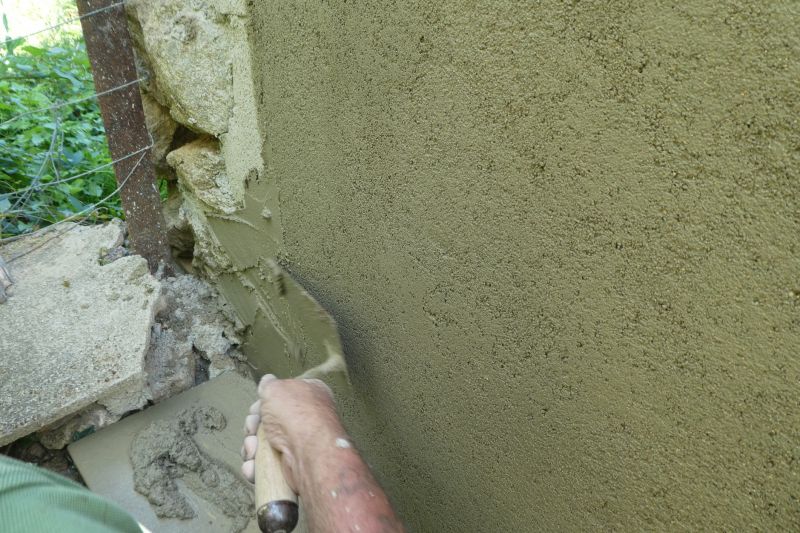
A concrete patch being applied during favorable weather.
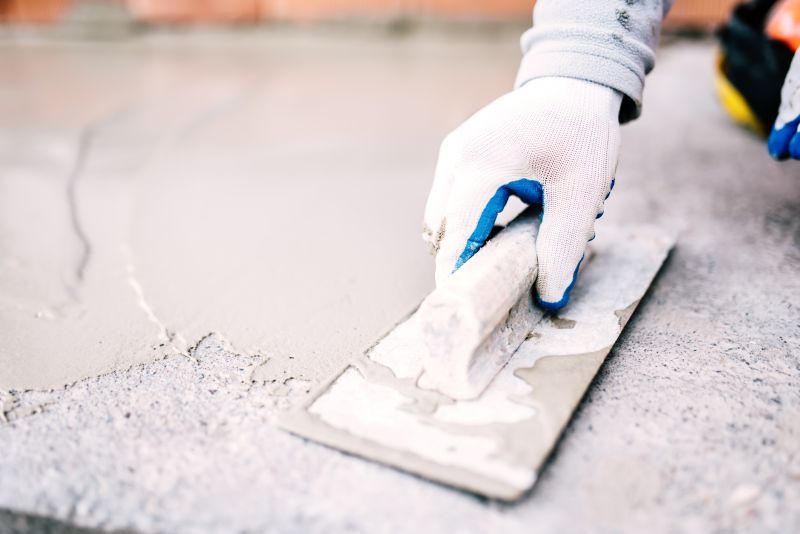
Concrete curing under controlled conditions to ensure strength.
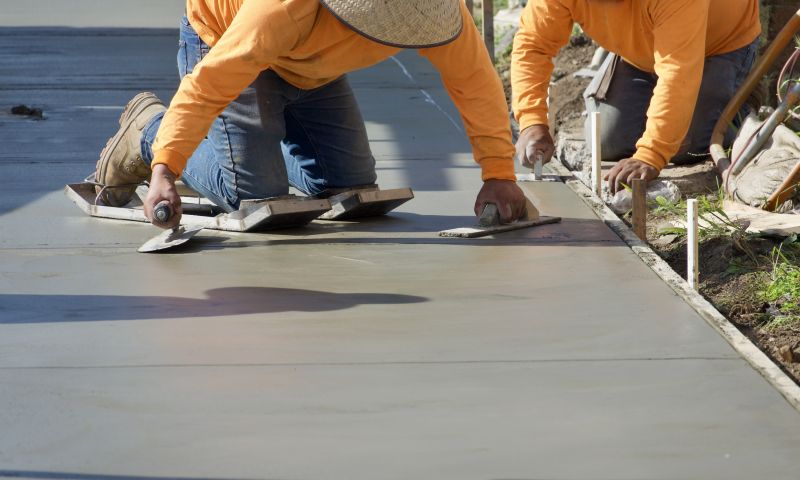
Completed concrete repair with smooth finish.
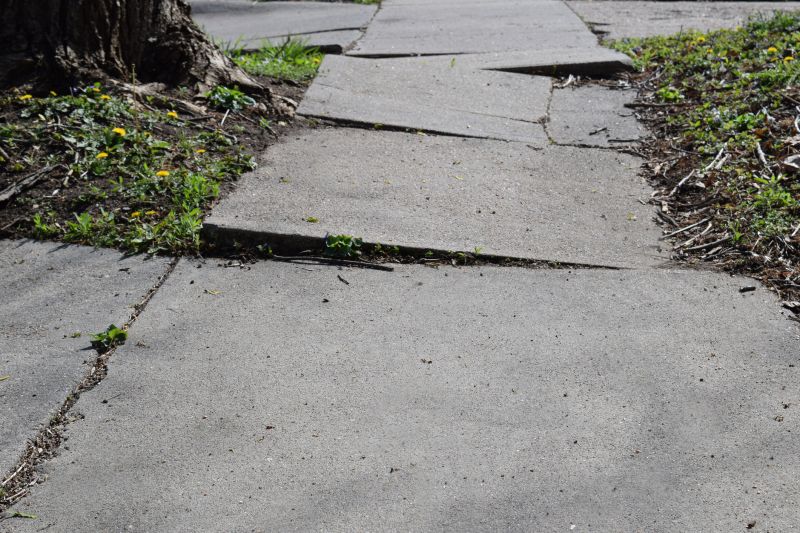
Repair work adapting to seasonal weather patterns.
Choosing the right time for concrete repairs is crucial for ensuring long-lasting results. Timing considerations include weather forecasts, temperature stability, and avoiding extreme conditions. Planning repairs during suitable seasons minimizes the risk of cracks, improper curing, and future deterioration. Properly timed repairs contribute to structural safety and aesthetic appeal, making seasonal planning an essential aspect of concrete maintenance.
Interested in scheduling concrete repairs? Fill out the contact form to get started.
